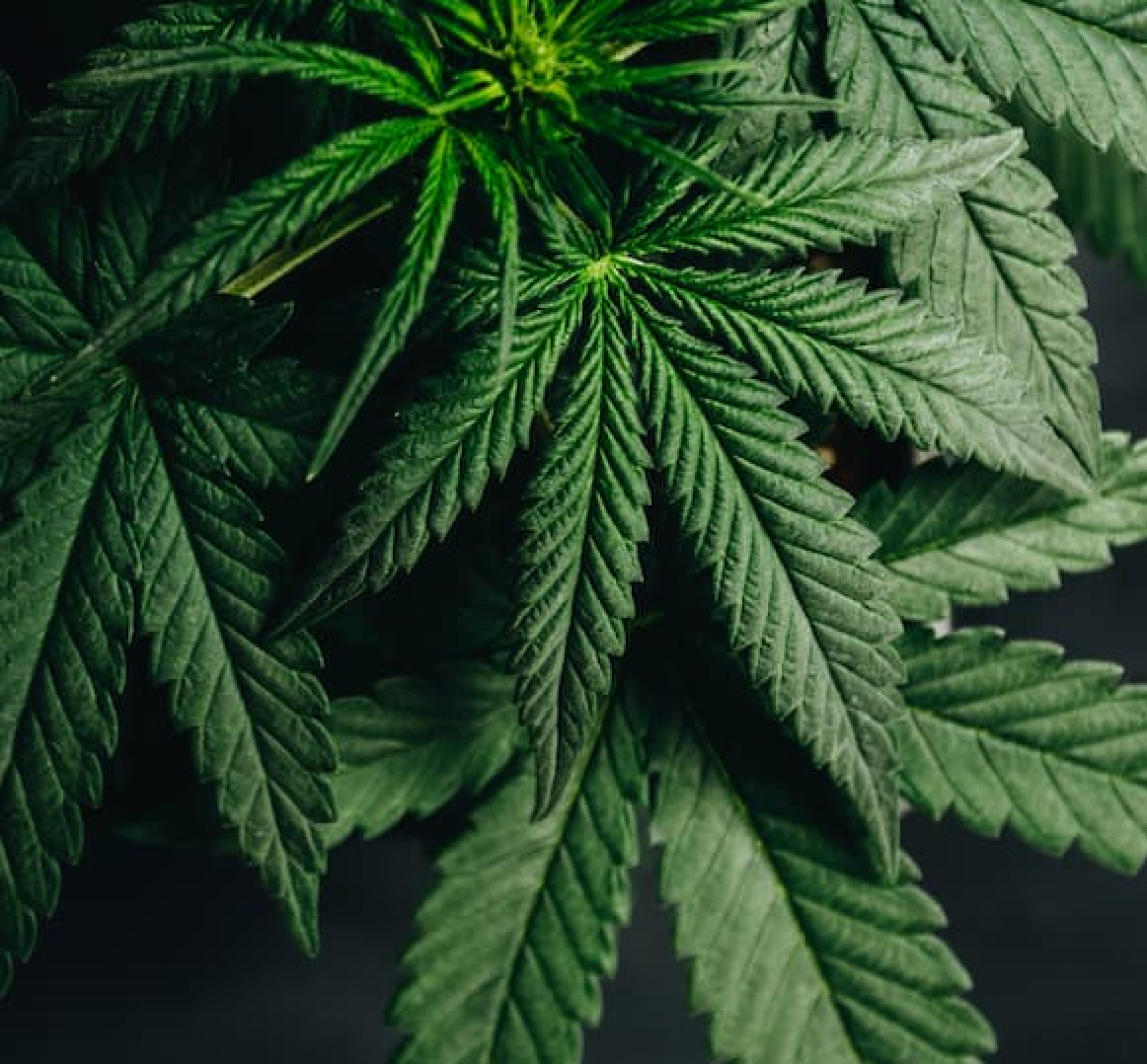Article
THC Significantly Improves Pain, Quality of Life in Patients With Fibromyalgia
Author(s):
Pain intensity, quality of life, and depression were significantly improved in a cohort of patients with fibromyalgia treated with THC.
Tetrahydrocannabinol (THC) improved pain, depression, and quality of life in patients with fibromyalgia and may be an effective treatment option for this patient population, according to a study published in Springer.1
Credit: Adobe Stock/Iarygin Andrii

The 2 chemical substances of medical cannabis are THC and cannabidiol (CBD), both of which influence the CB1 and CB2 receptors. THC typically demonstrates mood-stabilizing, appetite-stimulating and analgesic effects, while CBD is used for its anti-inflammatory, anxiolytic, and analgesic effects.2
“The effectiveness of medical cannabis in the course of an interdisciplinary multimodal inpatient pain therapy (IMST) has not yet been systematically investigated,” wrote a group of German investigators. “The aim of the presented retrospective study was therefore to investigate the effect of THC as the main active ingredient of medical cannabis on pain and several psychometric variables.”
Patients with fibromyalgia admitted to a pain ward who were treated in a multimodal, interdisciplinary setting between 2017 and 2018 were retrospectively analyzed. Participants received either THC therapy or standard care and were assessed regarding pain intensity, analgesic consumption, and various psychometric parameters. All patients received the German pain questionnaire prior to admission and a course questionnaire before discharge.
Patients were first examined by a team of medical professionals including a pain therapist, a physiotherapist, and psychotherapist, and the program was adapted for each individual. A diagnosis was confirmed using the American College of Rheumatology (ACR)/European Alliance of Associations for Rheumatology (EULAR) 2010 criteria.
The program included both group and individual therapy using art therapy, naturopathy, water gymnastics, psychological and physical procedures, and drug treatment. Weekly interdisciplinary team meetings were conducted to determine any necessary adjustments in therapeutic procedures.
Of the 120 adult patients evaluated, approximately half (51.7%, n = 62) received THC. Most (95%, n = 55) were female in the comparison group and the THC cohort (82%, n = 51). The THC group had significantly more patients classified as chronification stage 3 (93.5%) when compared with the control group (77.6%, P <.012). More patients in the THC group remained in the program shorter than 14 days (44%, n = 27) when compared with the comparison group (26%, n = 15). Patients in the THC group had an average of 3.3 somatic comorbidities, while the comparison cohort reported an average of 2.4 (P <.005).
Pain intensity, quality of life, and depression were significantly improved in the cohort treated with THC during their stay (P <.001). Although the initial value on the 11-scale for pain assessment was .5 points higher in patients treated with THC, the value was .3 units lower after 2 weeks. Depression scores, as determined by the depression subscale of the Hospital Anxiety and Depression Scale (HADS-D), showed scores changed slightly between groups. However, those treated with THC reported significantly more reductions in depression score. No differences were reported in anxiety were reported. between groups. In 5 of the 7 analgesic groups evaluated, the dose could be reduced or discontinued significantly more frequently in the THC cohort.
Investigators noted due to the retrospective nature of the study, coupled with the short observation period, results should be cautiously evaluated.
“Further studies are necessary, especially on tolerability and effectiveness in medium and long-term use,” investigators concluded. “Risks such as non-medical use in patients with psychiatric secondary diagnoses must also be taken into account. Likewise, the appropriate form of application and the optimal THC/CBD ratio for various pain disorders should be the focus as study goals.”
References
- Bettstetter H, Schäfer A. Tetrahydrocannabinol (THC) in patients with fibromyalgia syndrome (FMS): A retrospective study of changes in pain, psychometric variables, and analgesic consumption during inpatient interdisciplinary multimodal pain therapy (IMPT). published online ahead of print, 2023 Jun 8]. Schmerz. 2023;10.1007/s00482-023-00727-4. doi:10.1007/s00482-023-00727-4
- Stith SS, Vigil JM, Brockelman F et al (2019) The association between cannabis product characteristics and symptom relief. Sci Rep 9:2712





